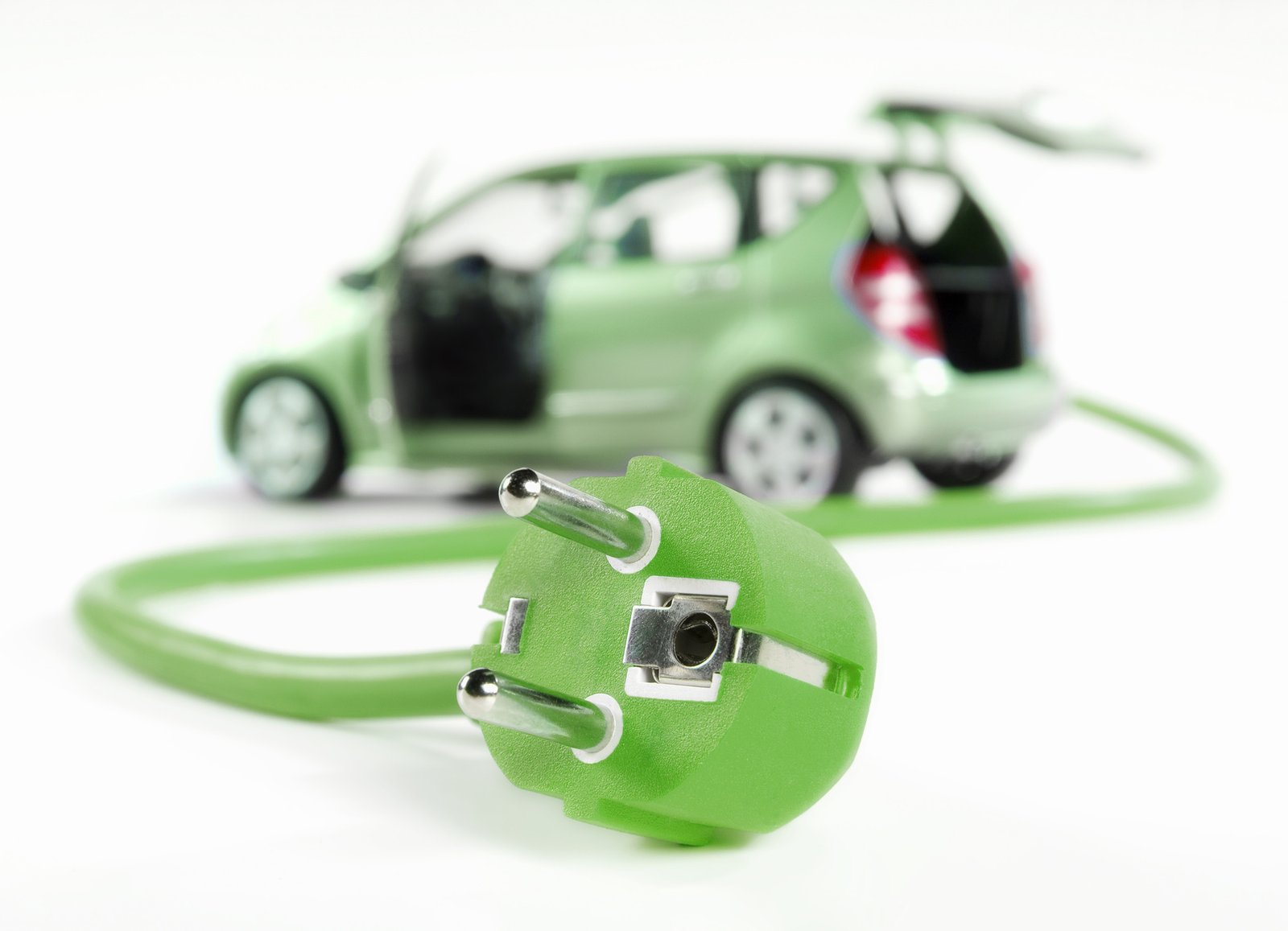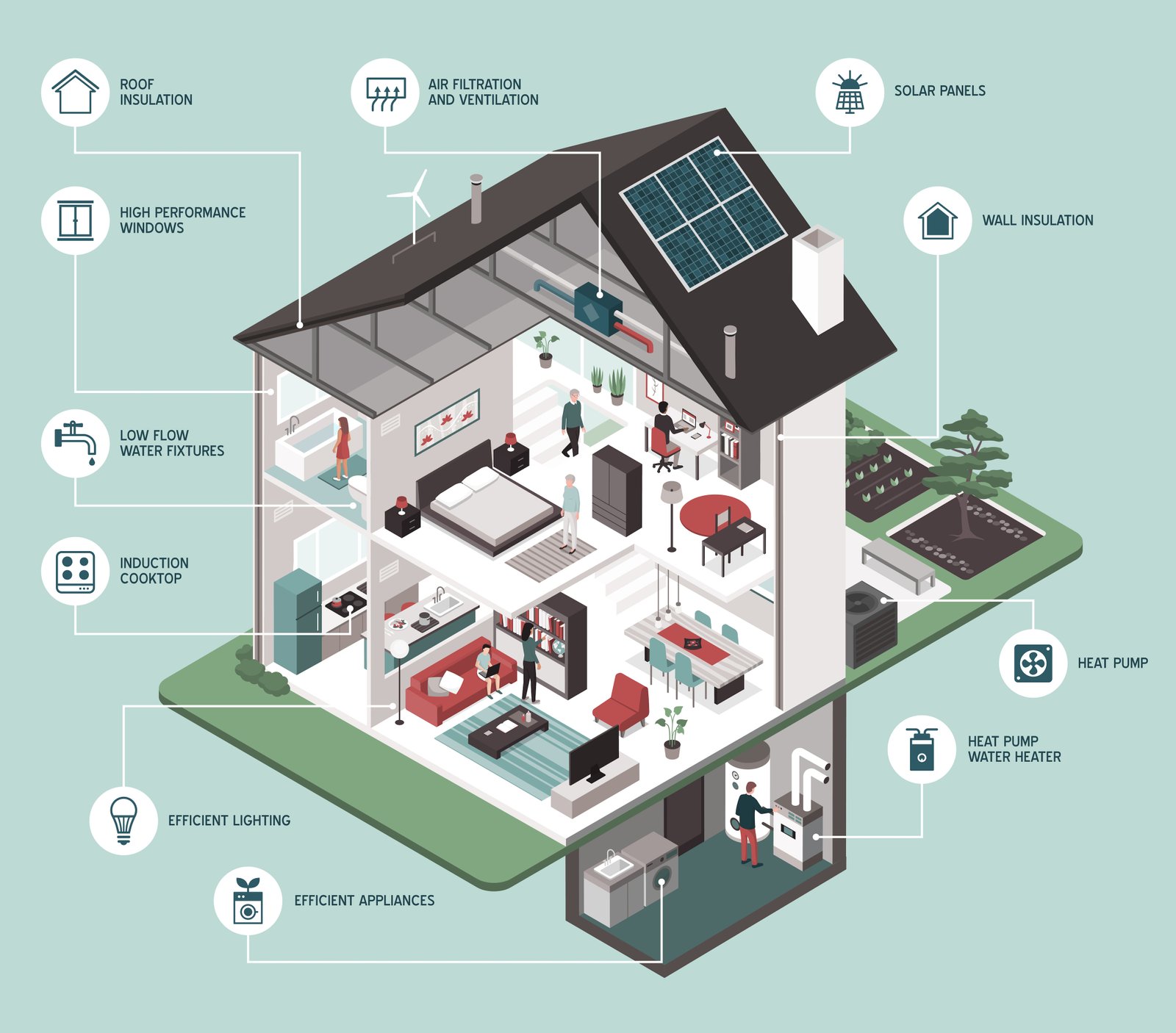Electrofuels: using your car to produce oxygen

Transportation is a major source of greenhouse gases in the UK, accounting for a quarter of total national emissions. These gases pollute the air, cause diseases and contribute to climate change. Therefore, finding an alternative to fossil fuels is very important to protect the environment and our health.

Fossil fuels were the drivers of the industrial revolution and engineering advancements. However, it all came with downsides: pollution, health issues and environmental impact. When fossil fuels are burned to provide energy for motors and machines, they release carbon dioxide into the atmosphere. High concentrations of this gas cause suffocation, dizziness, headaches, lung and allergy issues. In addition, carbon dioxide also absorbs and emits infrared radiation, increasing the temperature of the planet’s surface and lower atmosphere and causing global warming.

Carbon dioxide occurs naturally in the atmosphere and is actually beneficial in very small amounts as oxygen and nitrogen can’t absorb infrared radiation. Without any carbon dioxide, our planet would be too cold. Its concentration is controlled by plants through the photosynthesis process by turning carbon dioxide into oxygen. Deforestation has reduced the ability of the planet to regulate itself, especially when trees are burned, emitting even more carbon dioxide.
But what if using fuel on our cars and other machines released oxygen instead of carbon dioxide? What if we could help the planet fight the abnormal levels of carbon dioxide in the atmosphere?
We are not the first ones to think about this possibility and electrofuels were invented with this idea in mind.
Electrofuels, also known as synthetic fuels or power-to-gas, are produced by the use of electricity from renewable sources (wind, solar, etc) to break water and carbon dioxide molecules into hydrogen and oxygen. There are at least 3 different methods of creating electrofuels through the combination of these three elements but they are all inspired by how plants use carbon dioxide to produce energy for themselves and release oxygen in the atmosphere as a byproduct. Watch the video below for a brief explanation of how Harvard scientists are producing electrofuels.
Electrofuels can really change our lives and help fight global warming but there are still several challenges to get there as a 2017 study conducted by Dr Chris Malins from Cerulogy shows. To be a carbon-free energy source, electrofuels need to be produced with carbon dioxide collected from air and electricity from renewable sources, such as solar and wind. There is not enough generation of renewable electricity to drive the change to electrofuels yet and because the production process is still inefficient, a lot of energy is lost and wasted producing electrofuels now. Therefore, it would be too expensive and inefficient to make the change now.

Even if the change is not possible at the moment, electrofuels represent and a better alternative to fossil fuels than biofuels as they have no impact on the environment. Biofuels are made from food crop monocultures that weaken the soil and depend on massive amounts of water and fertilizers, damaging the environment. Even at the present level of development, biofuels would use 4 times more land than electrofuels to produce the same amount of energy. Although there still is no definitive answer on which will be the future green substitute for fossil fuels, you can reduce your impact by cycling more, using public transportation, switching to an electric car or supporting the development of new technologies to Green It Yourself Now!




Reblogged this on Green Living 4 Live.